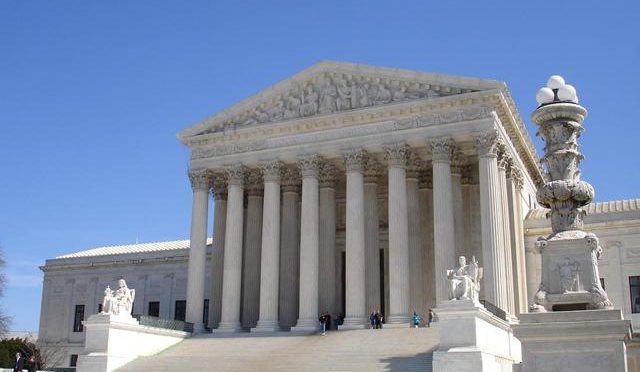What does the future hold for colleges seeking to build diverse student bodies?
This summer’s 4-3 US Supreme Court decision in Fisher II provides insight into how the courts may evaluate future cases involving race-conscious admission policies.
The ruling affects public institutions of higher education as well as private institutions receiving federal funding, including student financial aid.
While every college is different, here are a three key takeaways from the case to keep in mind:
1) Race-neutral recruitment strategies are important. Colleges should anticipate that they may be asked how they attract a diverse applicant pool. In Fisher II, the US Supreme Court noted with approval some of the methods used by the University of Texas at Austin to recruit diverse applicants, including outreach to minority student populations, regional recruitment centers, and race-neutral scholarships.
2) Data and analytics matter. Colleges may need to provide evidence that they explored race-neutral alternatives. The court emphasized UT-Austin’s ability to demonstrate through quantitative and qualitative data that race-neutral strategies of achieving diversity were inadequate.
3) Frequent self-evaluation is critical. Just because a race-conscious policy is currently considered constitutionally sound, there’s no guarantee it will remain so indefinitely. Colleges should constantly assess whether they must rely on race-conscious admission practices to achieve their educational goals, or whether race-neutral strategies are sufficient.
For more information, visit NACAC’s diversity in admission webpage.
Admitted writer/editor Mary Stegmeir welcomes additional comments and story ideas at mstegmeir@nacacnet.org.

